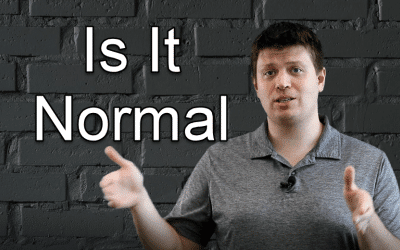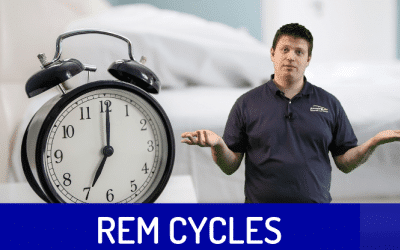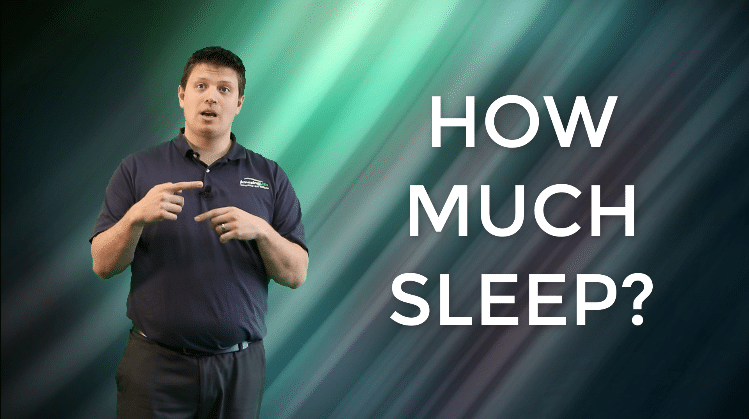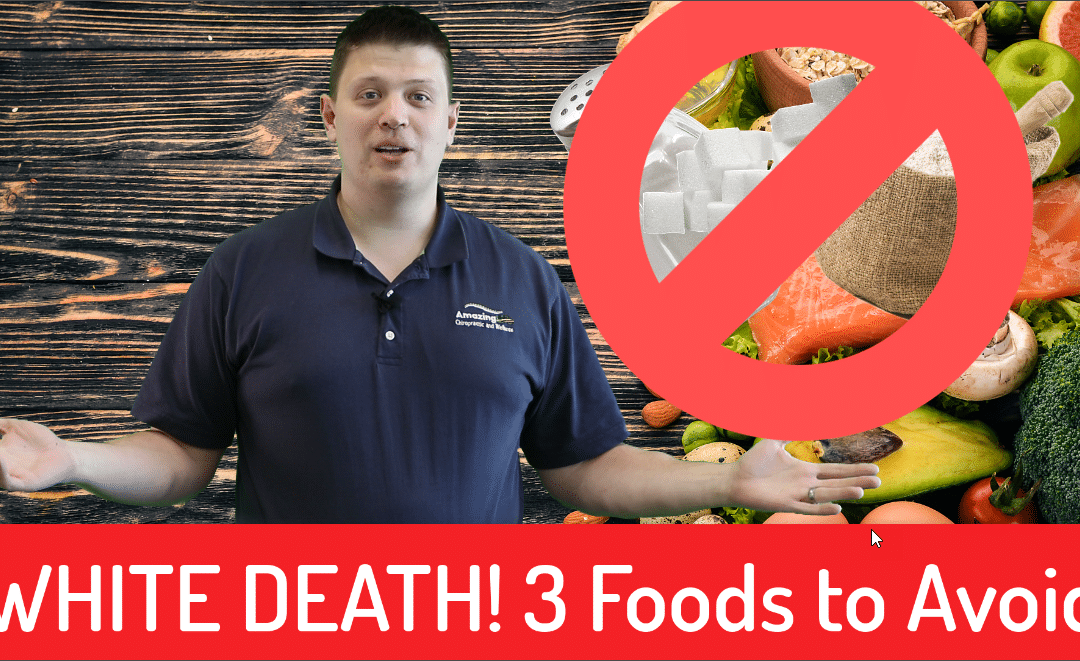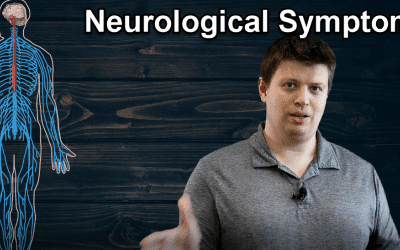
Neurological Symtpoms
DO NOT IGNORE These Symptoms
There are many symptoms you should not ignore, and Dr. Sergey Kochelayev explains why neurological symptoms is one of them.
What Are They?
As stated in our neuropathy page, neuropathy is a condition where the nerves in the limbs (peripheral) are damaged or diseased. Often time, damages may occur in the arms, wrists, hands, legs, ankles and feet. If you are feeling numbness or tingling, pins and needles, or pain in any of these parts of your body; it is essential that you do not ignore them. Unquestionably, your nervous system plays an important aspect of your day to day activities and is responsible for making everything work. If you are experiencing neurological symptoms, get it check out as soon as possible. It is better to have it checked out and be in the know than procrastinate. If left untreated, you may experience more extreme conditions like gangrene, which can lead to amputation.
1(425)-737-5343
800 164th St SE Ste O Mill Creek, WA 98012

